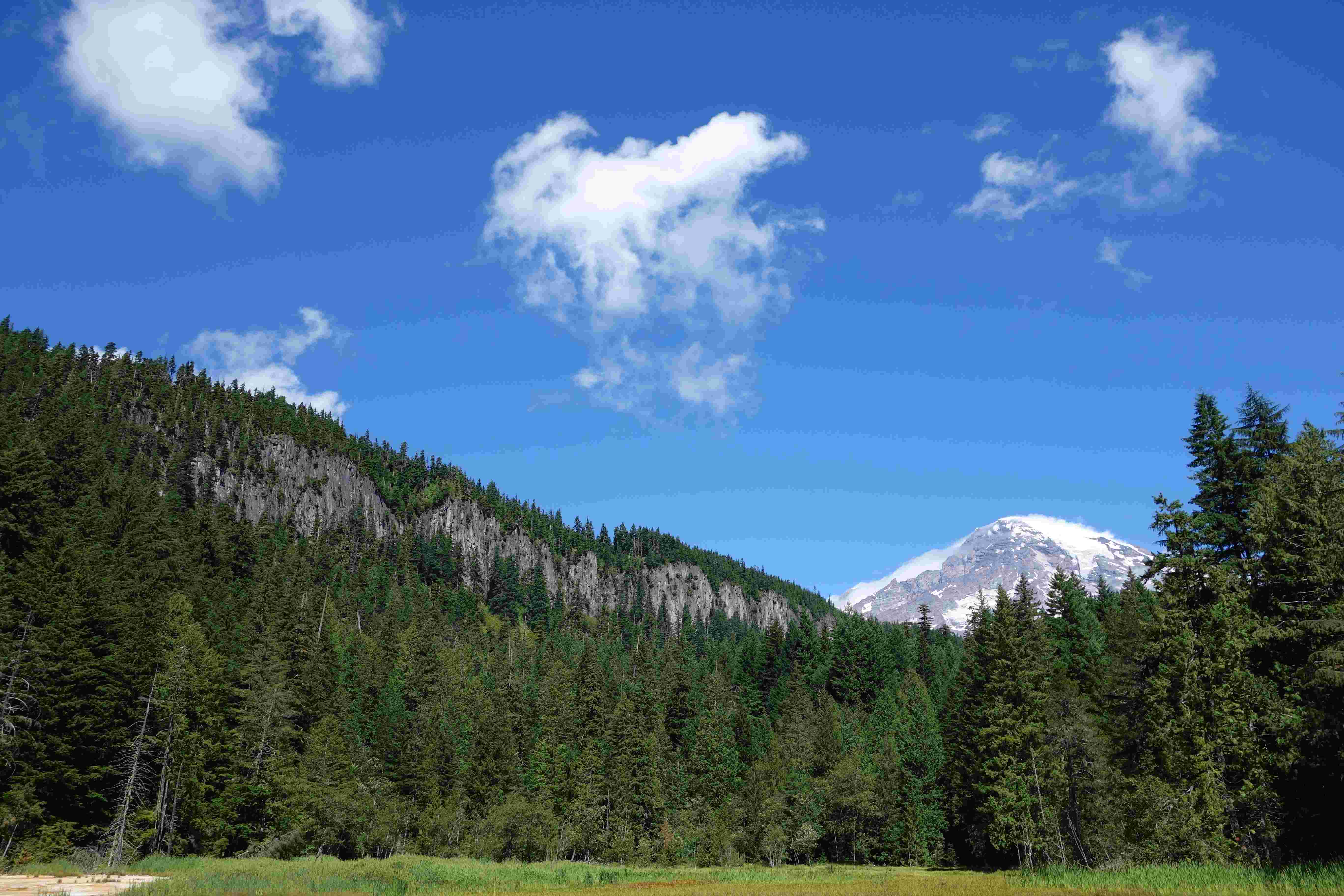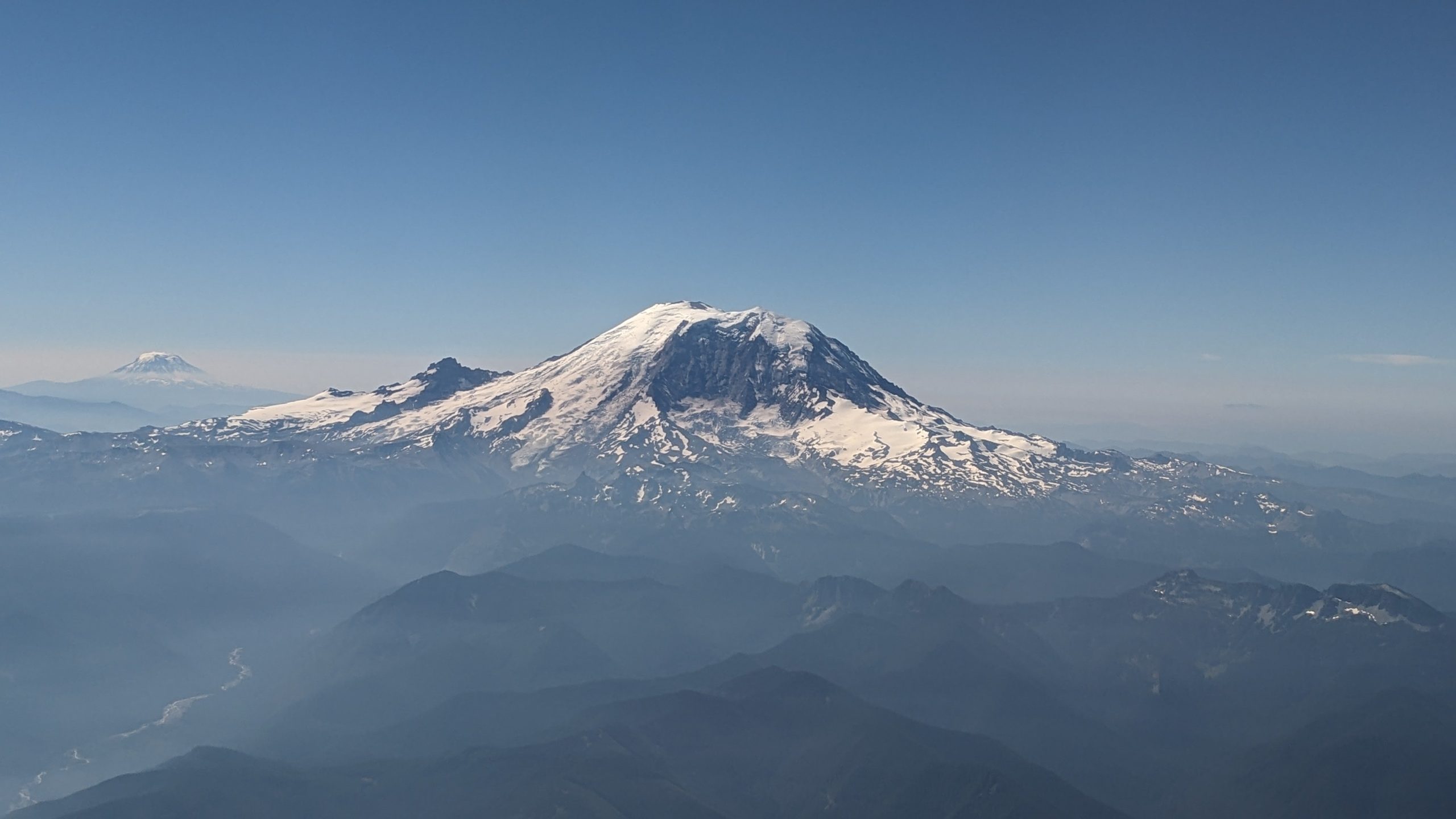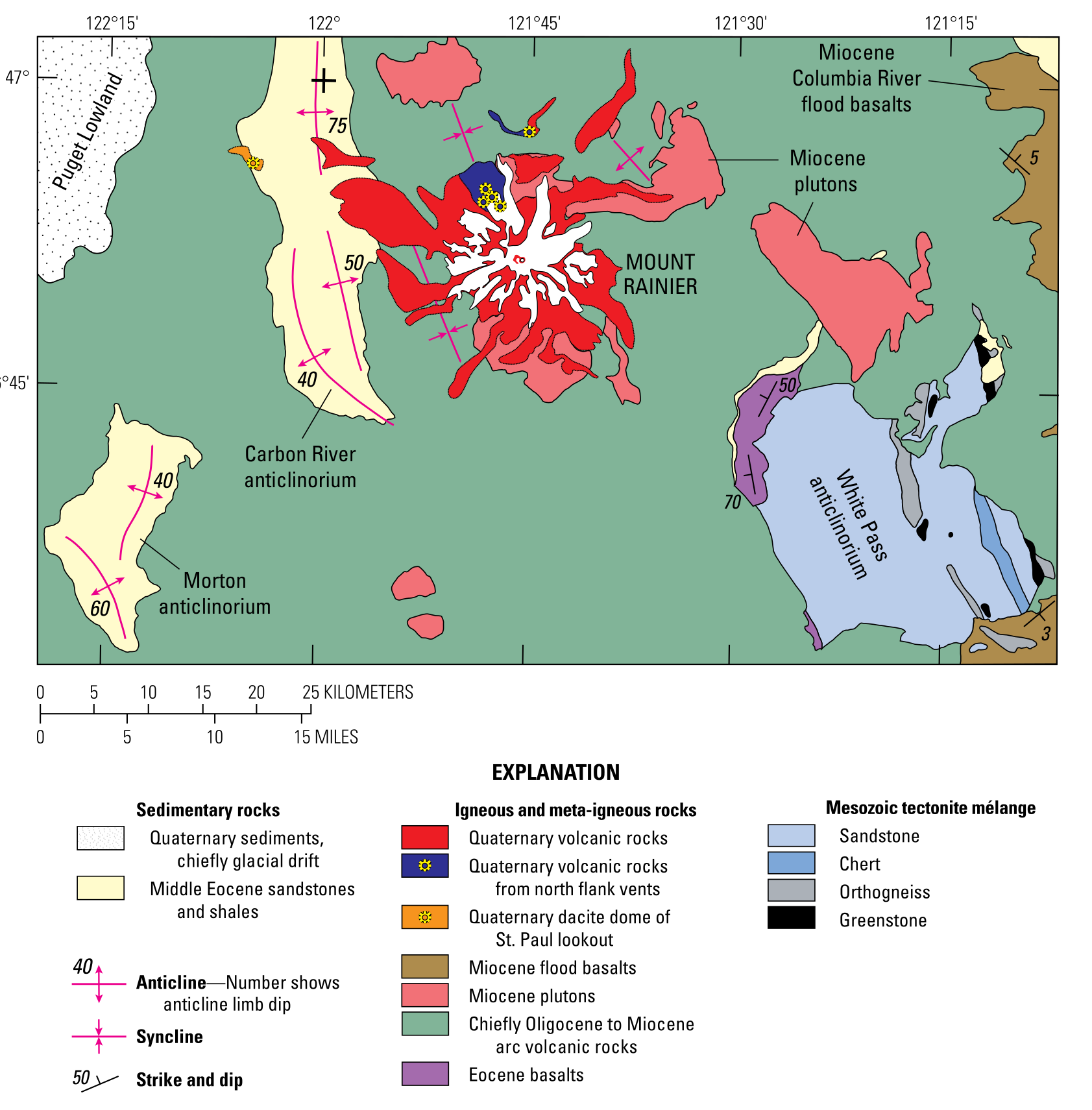Deadwood Lakes in Mount Rainier National Park is a secluded destination for hikers and nature enthusiasts. These remote alpine lakes, nestled in the Cascade Range, offer a challenging trek and pristine wilderness experience. Accessible via an unmarked trail branching from the Pacific Crest Trail, Deadwood Lakes reward adventurers with stunning views and a sense of solitude rarely found in more popular areas of the park.
What is the Trail Like to Deadwood Lakes?

The journey to Deadwood Lakes is not for the faint of heart. Here’s what you need to know about the trail:
- Starting Point: The hike begins on the Pacific Crest Trail (PCT) near Chinook Pass on SR 410.
- Trail Type: Unmaintained boot path branching from the PCT.
- Distance: Approximately 0.5 miles on the PCT before the turnoff.
- Difficulty: Challenging due to steep terrain and lack of maintenance.
- Navigation: Requires careful attention as the path is unmarked.
Trail Conditions
- Dense vegetation
- Potentially muddy or snowy sections
- Steep inclines and declines
Route Description
- Start on the PCT from Chinook Pass.
- Hike about 0.5 miles on the PCT.
- Look for an unsigned boot path on the left.
- Follow this path as it climbs to a wide pass.
- Descend into the upper lake basin.
What Fishing Opportunities Exist at Deadwood Lakes?

While specific information on fishing at Deadwood Lakes is limited, here are some general guidelines for fishing in Mount Rainier National Park:
- License Requirements: Valid Washington state fishing license needed.
- Potential Species: Trout (specific species unconfirmed for Deadwood Lakes).
- Regulations: Follow state and federal fishing regulations.
Important Considerations
- Check with park rangers for current fishing conditions and rules.
- Practice catch-and-release to preserve fish populations.
- Use artificial lures to minimize environmental impact.
Where Can You Camp Near Deadwood Lakes?
Camping options near Deadwood Lakes are primitive and require careful planning:
Nearby Camping Spots
- Sheep Lake
- Location: Along the PCT
- Amenities: None (primitive camping)
-
Best for: Families, shorter hikes
-
Wilderness Camping
- Requires a wilderness permit
- No established backcountry sites along PCT in the park
- Permitted on adjacent U.S. Forest Service lands
Camping Regulations
| Requirement | Details |
|---|---|
| Permits | Wilderness permit required for overnight stays |
| Reservations | Available or first-come, first-served basis |
| Fees | Check with National Park Service for current rates |
| Fire Rules | Often restricted; check current regulations |
What Wildlife Can You Expect to See?
Deadwood Lakes and the surrounding area offer diverse wildlife viewing opportunities:
Common Species
- Black bears
- Mountain goats
- Marmots
- Various bird species
Wildlife Viewing Tips
- Best times: Early morning and late afternoon
- Bring binoculars for distant sightings
- Stay quiet and move slowly to avoid startling animals
- Never feed or approach wildlife
Safety Guidelines
- Maintain a safe distance from all animals
- Store food properly to avoid attracting wildlife
- Be aware of any area closures due to wildlife activity
How to Prepare for a Trip to Deadwood Lakes?
Proper preparation is crucial for a safe and enjoyable experience at Deadwood Lakes:
Essential Gear
- Sturdy hiking boots
- Layered clothing
- Rain gear
- Navigation tools (map, compass, GPS)
- First aid kit
- Water filtration system
Before You Go
- Check weather forecasts
- Inform someone of your trip plans
- Obtain necessary permits
- Study the route and trail conditions
Leave No Trace Principles
- Pack out all trash
- Stay on designated trails
- Minimize campfire impacts
- Respect wildlife and other visitors
What Makes Deadwood Lakes Unique?
Deadwood Lakes stand out among Mount Rainier’s attractions for several reasons:
- Seclusion: Less crowded than popular park destinations
- Challenging Access: Offers a true wilderness experience
- Pristine Environment: Minimal human impact due to remote location
- Scenic Beauty: Alpine lakes surrounded by rugged Cascade peaks
Photography Opportunities
- Reflections on calm lake surfaces
- Wildflowers in season
- Dramatic mountain landscapes
- Potential wildlife sightings
When is the Best Time to Visit Deadwood Lakes?
The ideal time to visit Deadwood Lakes depends on your preferences and the conditions you’re willing to face:
Summer (July-September)
- Pros: Warmest weather, most accessible
- Cons: Potential crowds on PCT, mosquitoes
Fall (Late September-October)
- Pros: Fall colors, fewer insects
- Cons: Cooler temperatures, early snow possible
Winter and Spring
- Generally not recommended due to snow and difficult access
- Requires advanced winter hiking and navigation skills
How Does Climate Change Affect Deadwood Lakes?
Climate change impacts the Deadwood Lakes ecosystem in various ways:
- Glacial Retreat: Affecting water sources and lake levels
- Shifting Vegetation: Changes in plant species and treeline
- Wildlife Adaptation: Altering animal habitats and behaviors
- Increased Fire Risk: Potential for more frequent wildfires
Conservation Efforts
- Ongoing research by park scientists
- Visitor education on climate impacts
- Sustainable park management practices
By visiting responsibly and supporting conservation efforts, you can help preserve Deadwood Lakes for future generations.
References:
1. https://www.gaiagps.com/hike/poi/united-states/washington/mount-rainier-national-park/deadwood-lakes/
2. https://trailcooking.com/2019/09/18/fisherman-paths-deadwood-lakes/
3. https://visitrainier.com/pct-chinook-pass-to-crown-point-2/

